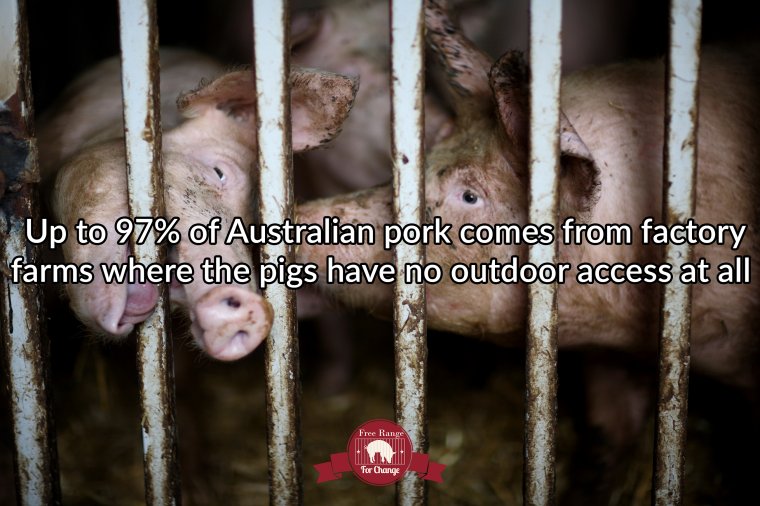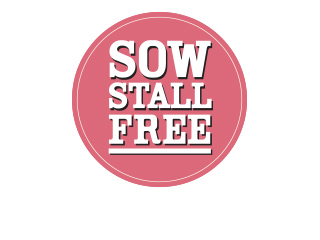 If you shop at Coles you may have seen this label stamped onto the more expensive bacon, but have you ever wondered what sow stalls actually are?
If you shop at Coles you may have seen this label stamped onto the more expensive bacon, but have you ever wondered what sow stalls actually are?
Sow stalls, also known as gestation crates, are metal cages that sows are held in during pregnancy. The stalls, normally measuring 200cm x 60cm are just long enough for the pigs to take a single step forward or backward, and they are so narrow that it is impossible for the pig to turn around. Sows can be forced to remain in these stalls for up to sixteen weeks!
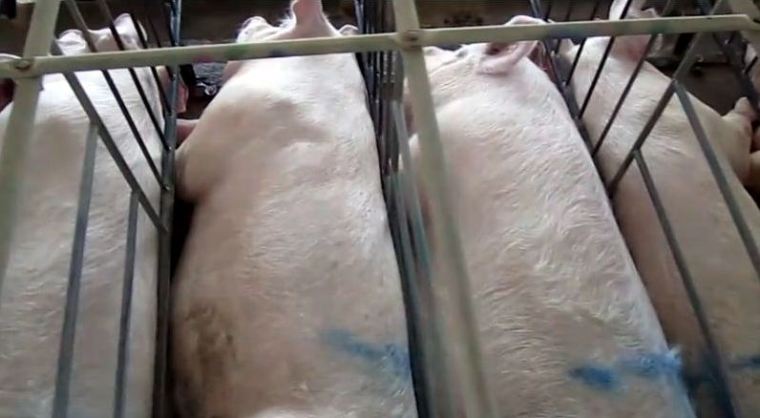
Rather than individual feeding troughs, sows in stalls are often fed from one communal trough where the food gets mixed with the bodily fluids and waste from all the other sows.
Not only do they suffer psychological trauma, swollen limbs and lameness, the sows are sometimes starved in order to induce early births.
The argument that pork producers make for sow stalls is that without them sows that are housed together in pens will fight, injuring or killing each other. However a more ethical alternative is just to provide them with larger pens that allow freedom of movement. Sow stalls are nothing more than a cruel cost-saving measure of factory farms.
Fortunately the Australian pork industry has committed to phasing out sow stalls starting in 2017, but this isn’t actually a ban. Instead they will just reduce the amount of time that sows can be kept in the stalls. Still a positive step forward, but it is not enough. Sow stalls are already banned in the European Union and Canada, as well as several US states. Let’s hope Australia will be next to follow suit.
– Robin
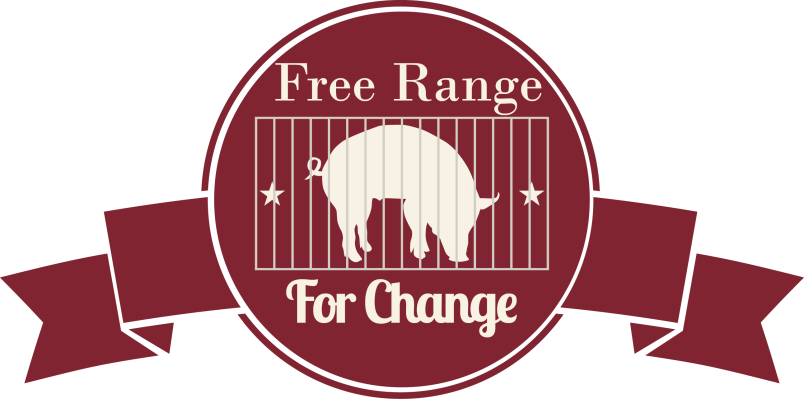
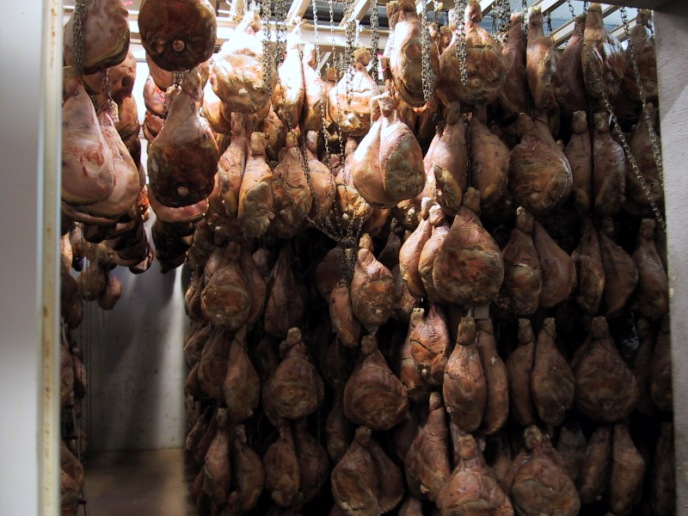
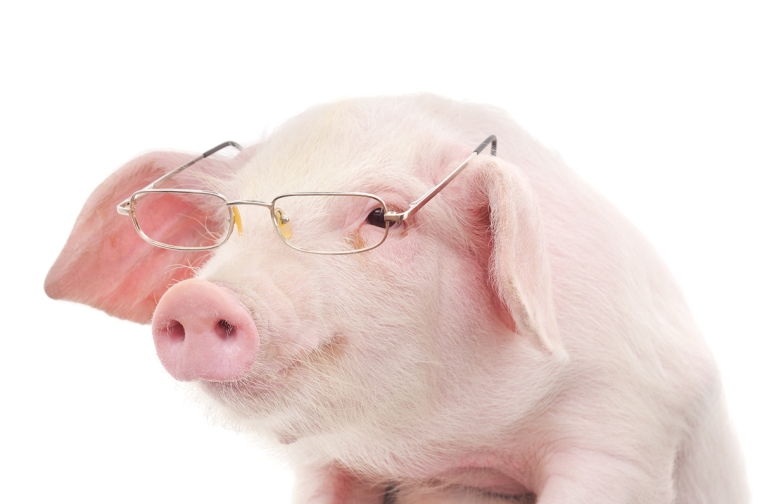 Pictured: A pig of superior intelligence, but inferior eye-sight
Pictured: A pig of superior intelligence, but inferior eye-sight